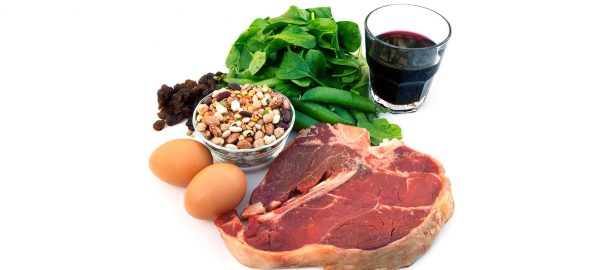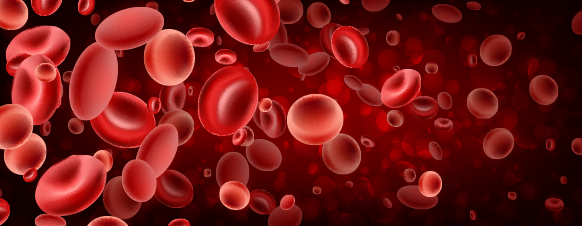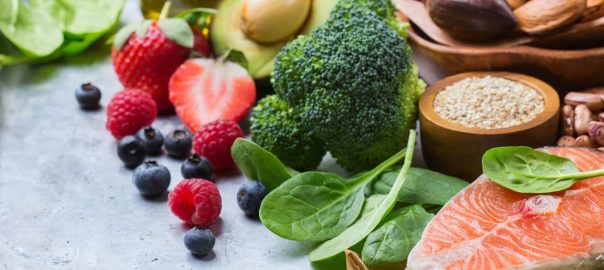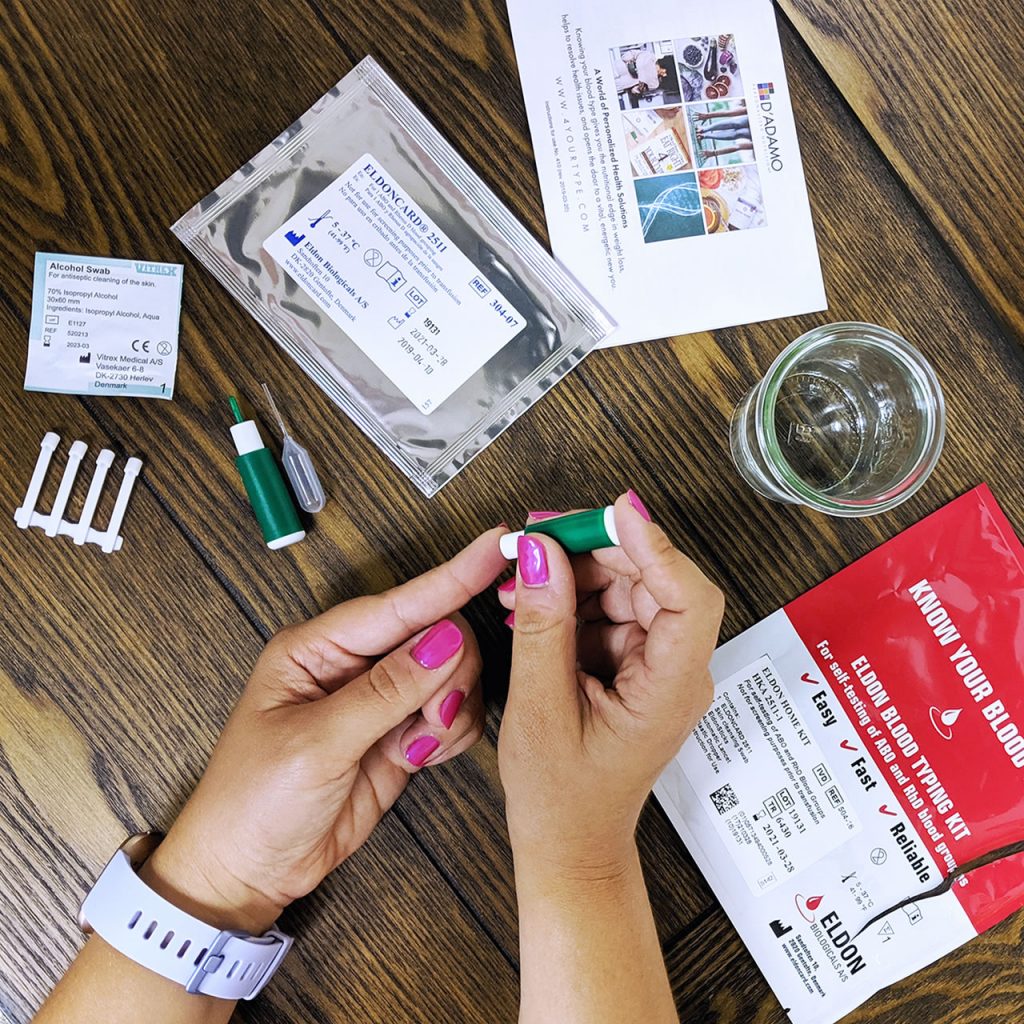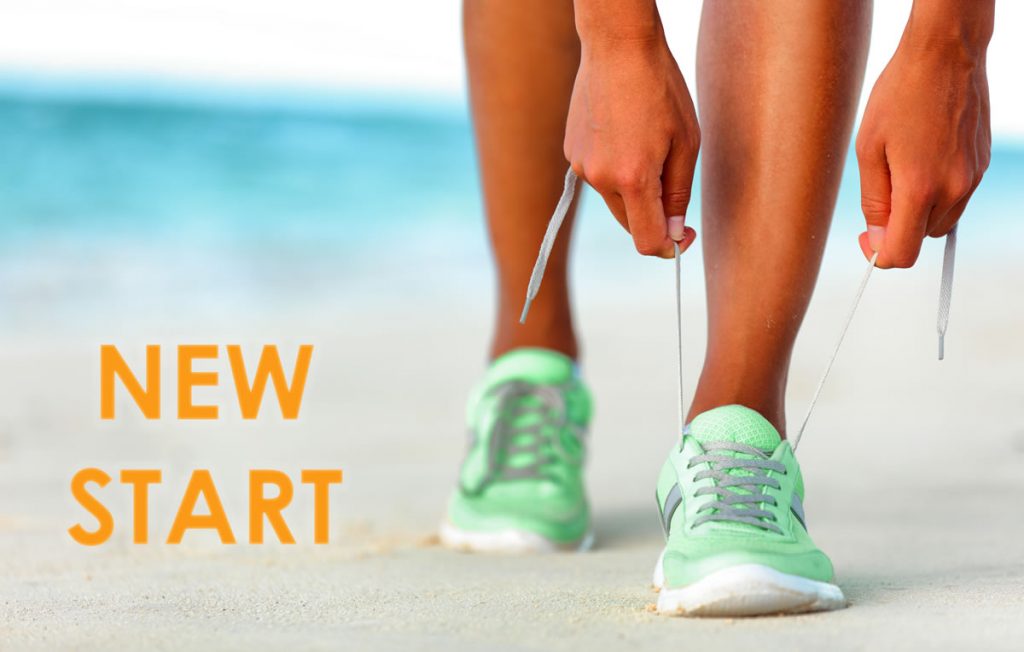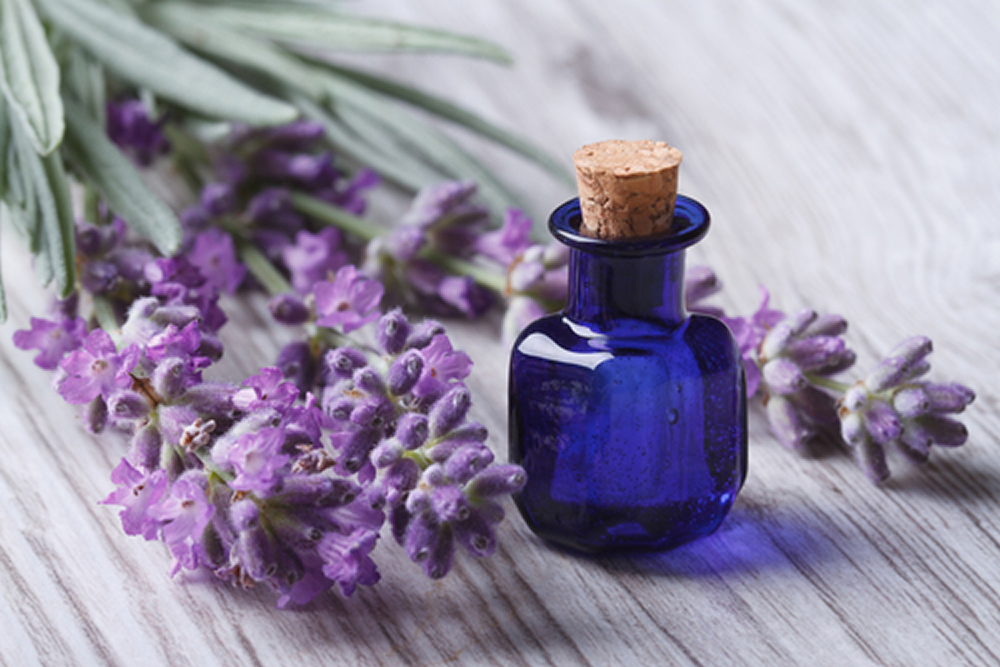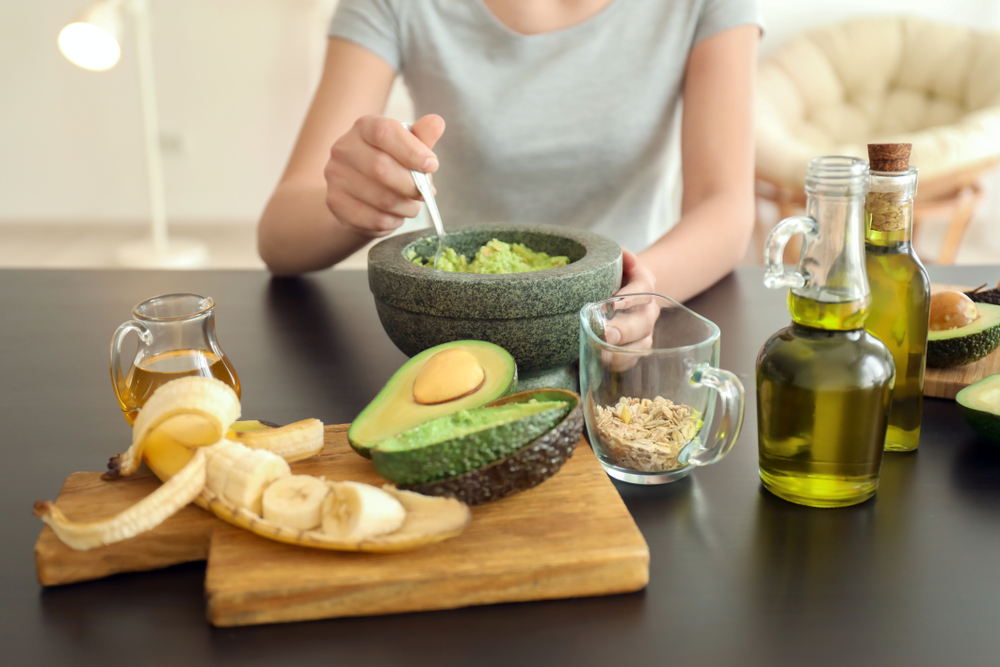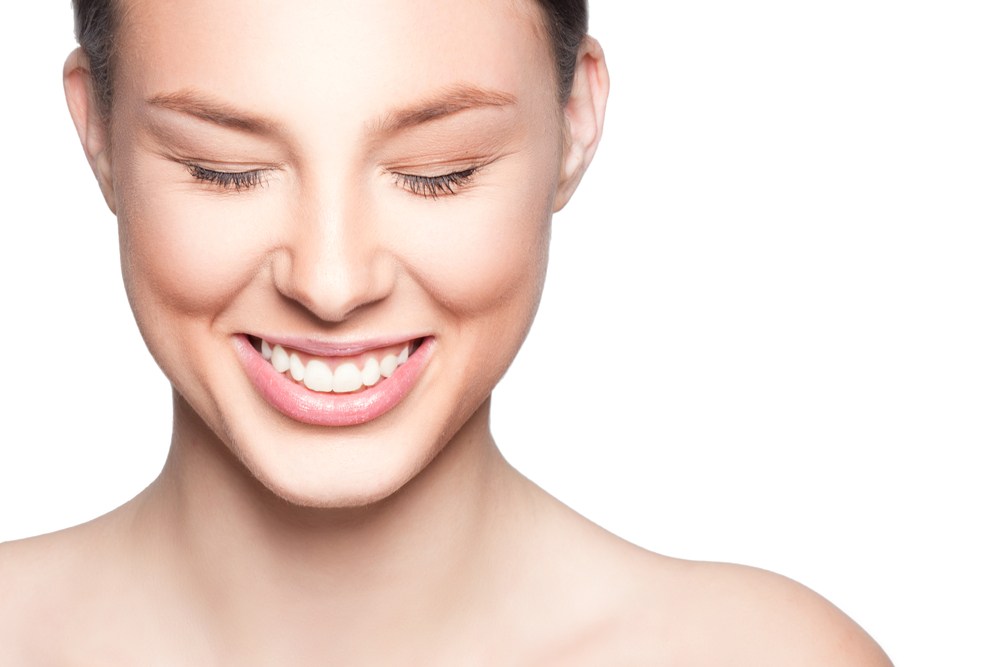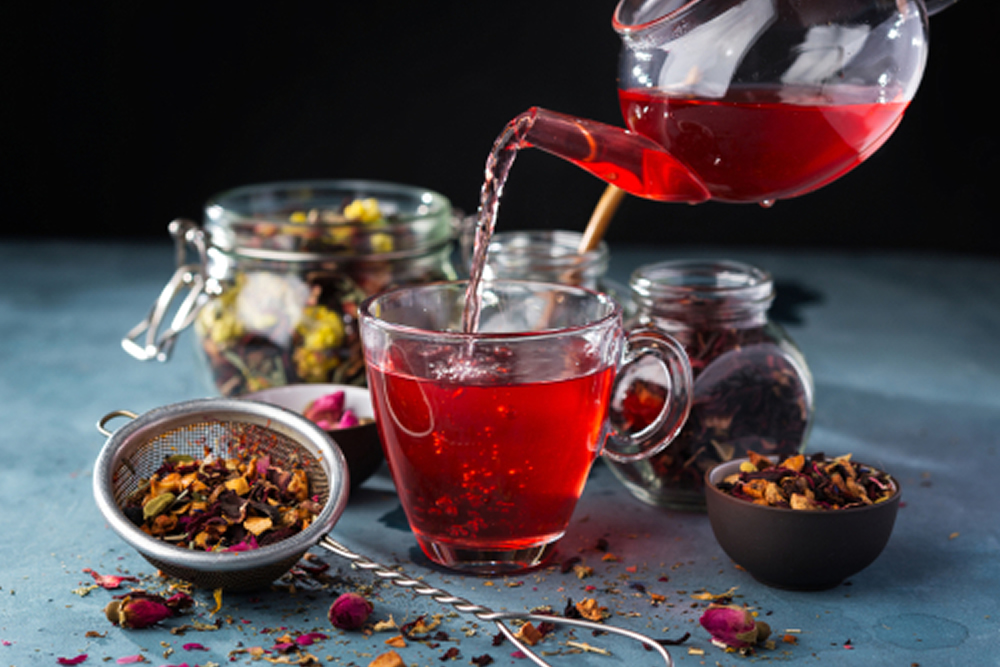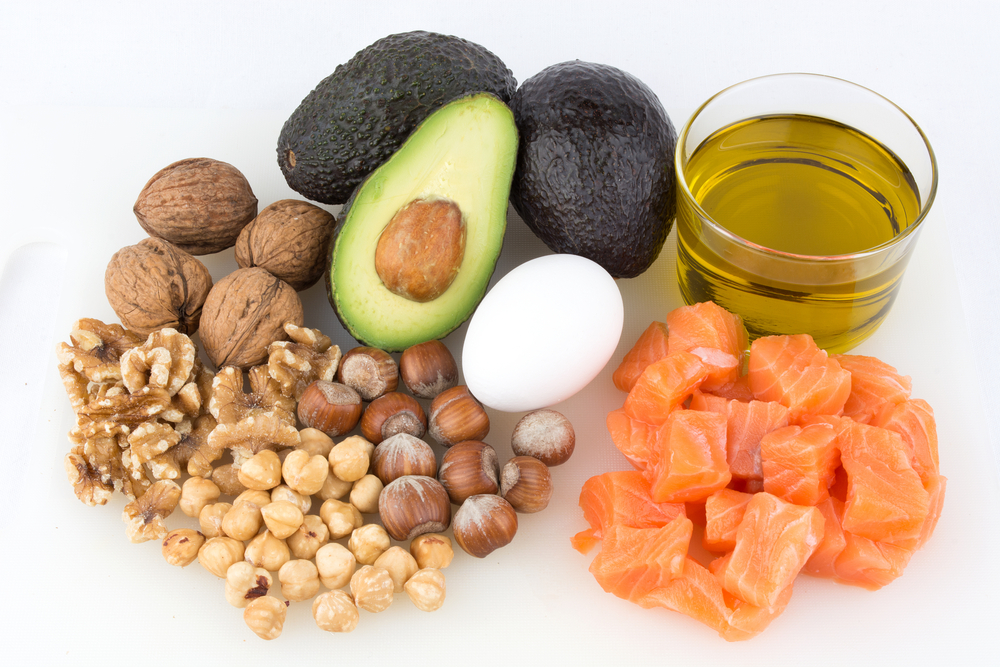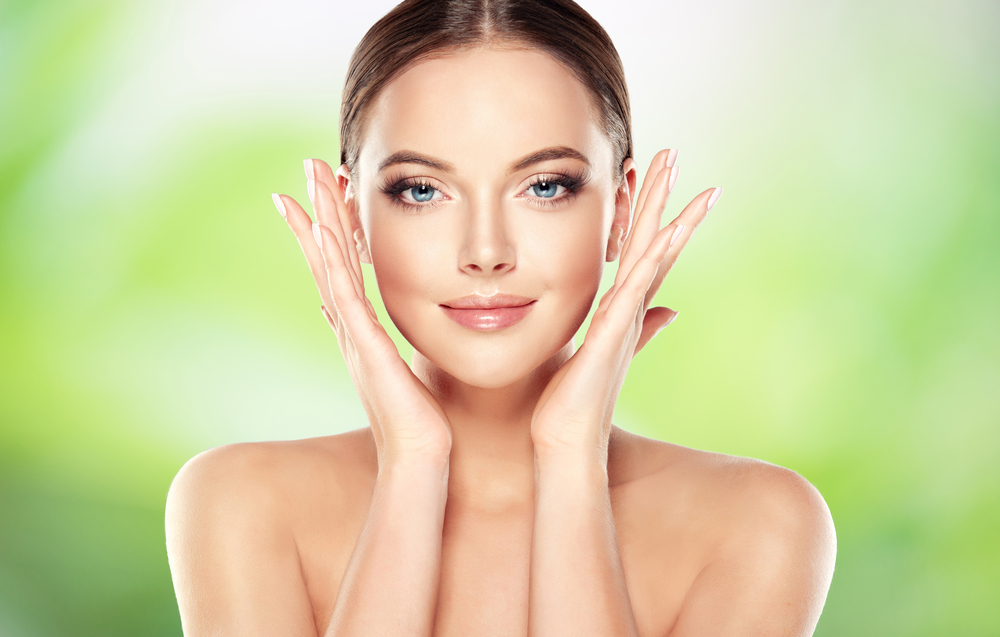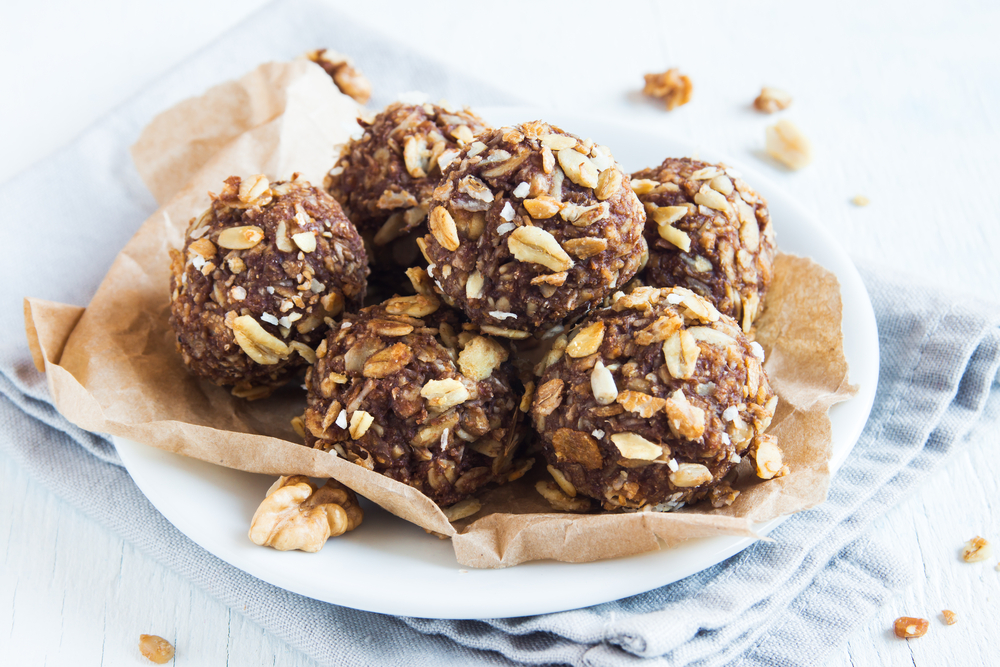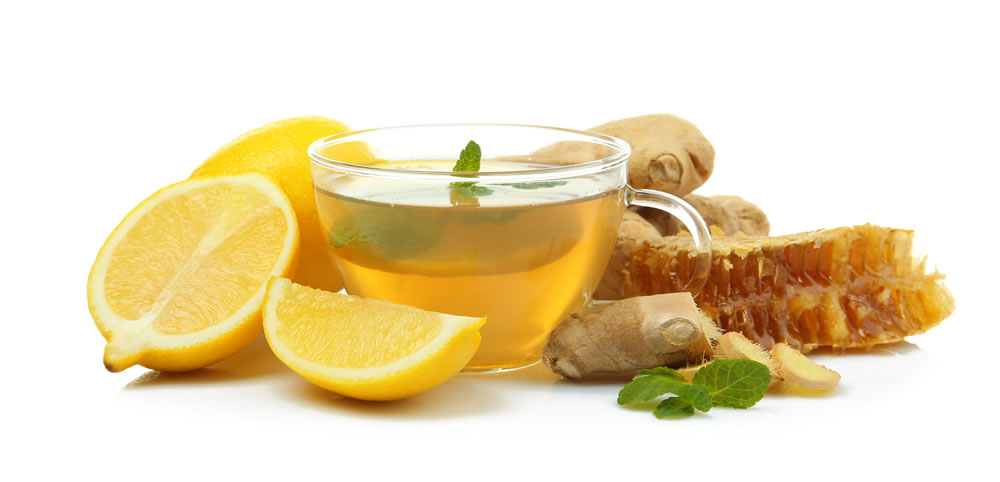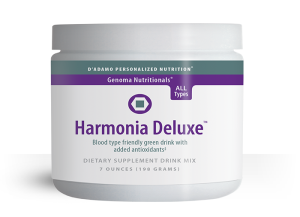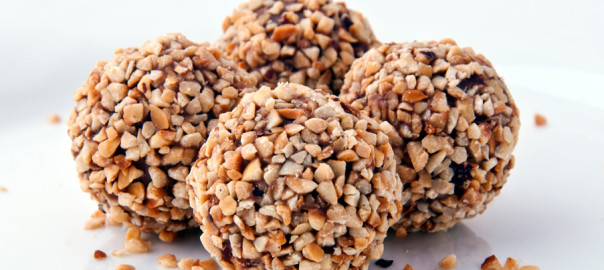Iron is one of the most talked-about minerals the human body requires. Here are some simple things to assist in keeping your iron levels up, what can help and hinder absorption, foods, herbs, and supplements, and other helpful information.
Iron is required by the body for healthy blood production. It is found in hemoglobin which is a substance found in red blood cells, and in muscle cells and its job is to transport oxygen from the lungs and then throughout the body. It is stored in the liver, bone marrow, and muscles. That is the simplified version and there is a lot more important information about iron available out there if you want to learn more. It is so very interesting!
The main role iron has in the body is to:
• Oxygenate the blood
• Help convert blood sugar into energy
• Assist with healthy skin, hair, and nails
• Improve and boost the immune system
• Contribute to healthy cognitive health
Do you have any of these signs that your iron could be low?
When you look at the above and what its role is in the body, you can see why the following symptoms can appear:
Symptoms of Low Iron:
• Fatigue
• Low energy
• Brain fog
• Pale skin
• Lackluster hair
• Brittle nails
• Cold hands and feet
• Shortness of breath
Vegetarians/vegans, women and infants, and children are most at risk of having low iron levels.
Gut health is important for overall health and for the absorption of nutrients so let’s start with a healthy gut. Do you feel like your digestive system is working well? A number of years ago, when I started looking after Australia and NZ for Dr D’Adamo, I created the Gut Health Pack. It’s quite simple but so effective. Also, try and worm yourself and your family once a year. It’s a great start to any health regime. Ginger, garlic, and green tea are also three to include. Garlic is a natural wormer, ginger is great for guiding other foods/herbs to where they need to go and green tea is one of the best antioxidants. They have many other uses too.
Here are some foods and supplements rich in iron. I haven’t listed them in blood type specific groups. Do be aware that if you’re following the A Blood Type Diet, it can be a little more difficult to get heme iron foods (animal sources) so gut health and foods to assist absorption are even more important.
The more common iron-rich foods are:
• Red meat
• Mussels
• Oysters
• Egg yolks
• Dark chocolate
• Prunes
• Spinach
• Kale
• Broccoli
Less common foods high in iron:
• Tofu
• Dried apricots
• Pumpkin seeds also a natural wormer
• Nettle
• Parsley both high in iron and Vitamin C for absorption
• Noni juice
• Molasses
• Turmeric, cumin & fenugreek
• Dandelion leaf/root
I love including herbs in my diet as they have endless uses.
When increasing your iron levels, Vitamin C rich foods and supplements will aid absorption. Dr D’Adamo’s Proberry, Floradix (liquid supplement), dark green leafy vegetables, berries, and other vitamin c supplements.
Do be careful to have any calcium-rich foods, black tea, or coffee at least two hours away from iron as they can do the opposite and stop absorption. Grains, beans, and some nuts are high in phytates so try and consume these away from iron supplements or foods.
I am available for distance phone or email consultations.
E: info@eatingrightlivingright.net
M: +64 272693558 (please text if no answer)

